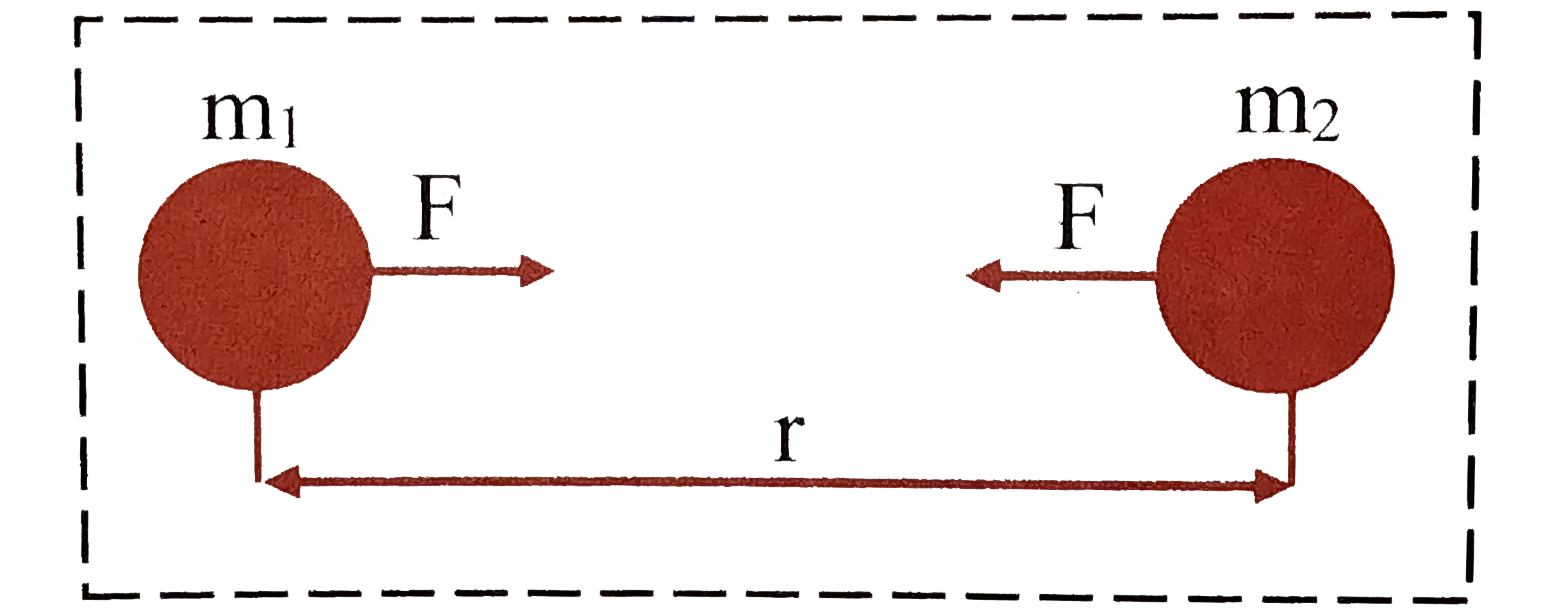From the following V−T diagram we can conclude:-
_E01_054_Q01.png)
A
P1=P2
B
P1>P2
C
P1<P2
D
can't be say anything
Video Solution
Text Solution
The correct Answer is:C
Here V=aT+b where a, b>0
So P=nRTaT+b=−nRa+b/T but bT2<bT1 so P2>P1
|
Topper's Solved these Questions
- GEOMETRICAL OPTICSBOOK - ALLENCHAPTER - GEOMETRICAL OPTICSEXERCISE - EXERCISE -02
82 Videos
- GEOMETRICAL OPTICSBOOK - ALLENCHAPTER - GEOMETRICAL OPTICSEXERCISE - EXERCISE -03
11 Videos
- GEOMETRICAL OPTICSBOOK - ALLENCHAPTER - GEOMETRICAL OPTICSEXERCISE - SOME WORKED OUT EXAMPLES
84 Videos
- CURRENT ELECTRICITYBOOK - ALLENCHAPTER - CURRENT ELECTRICITYEXERCISE - All Questions
427 Videos
- GRAVITATIONBOOK - ALLENCHAPTER - GRAVITATIONEXERCISE - EXERCISE 4
9 Videos
Similar Questions
Knowledge Check
From the following V-T diagram, what is true about pressure?" "[2009]
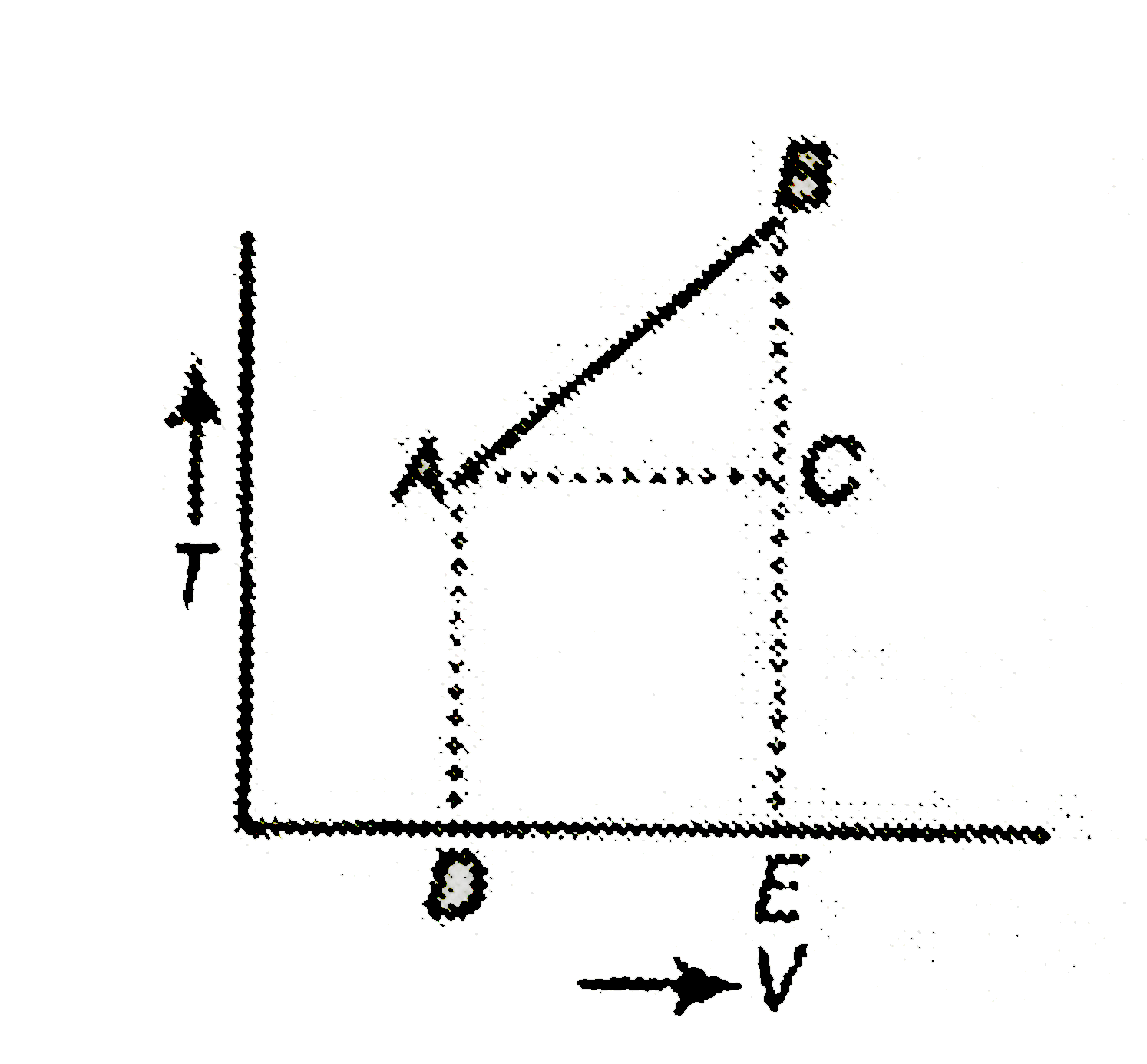 AP1<P2BP1>P2CP1=P2DCannot predict
AP1<P2BP1>P2CP1=P2DCannot predictIn the following P–V diagram of an ideal gas, two adiabates cut two isotherms at T1 and T2 The value of VB/VC is :
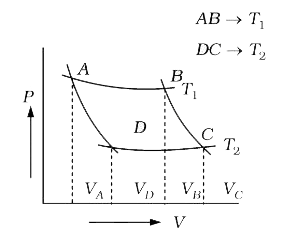 A=VA/VDB<VA/VDC>VA/VDDcannot say
A=VA/VDB<VA/VDC>VA/VDDcannot sayIn the following P-V diagram two adiabatics cut two isothermals at temperature T1andT2 (fig). The value of VaVd will be
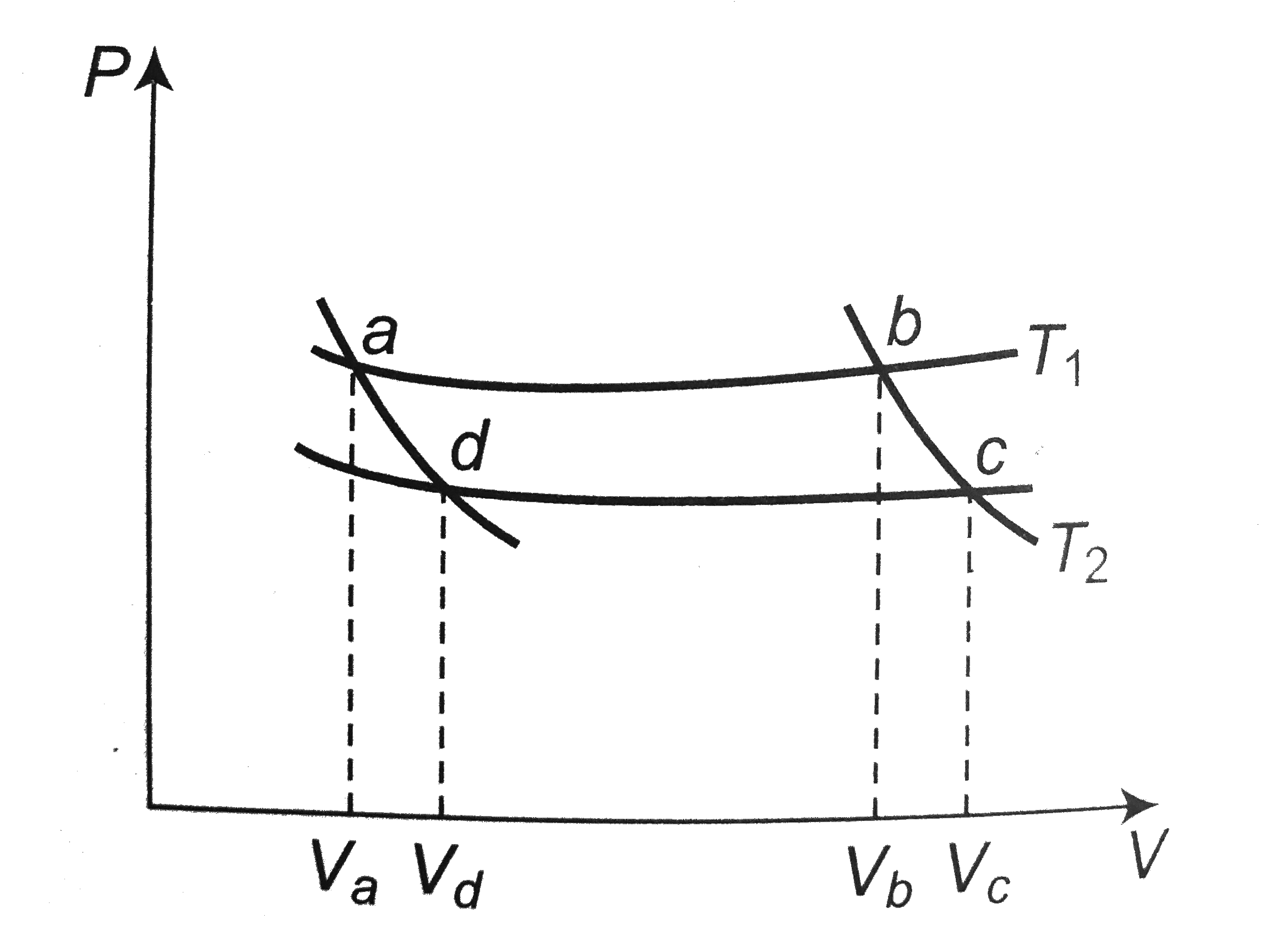 AVbVcBVcVbCVdVaDVbVc
AVbVcBVcVbCVdVaDVbVc
The P-V diagram for an ideal gas is shown in figure.
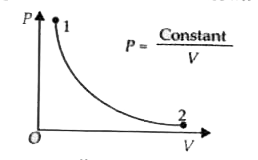
Out of the following diagrams which one represents the T-P diagram ?
View SolutionFrom the matrix equation AB = AC we can conclude B = C provided that
View SolutionConsider p-V diagram for an ideal gas shown in figure.
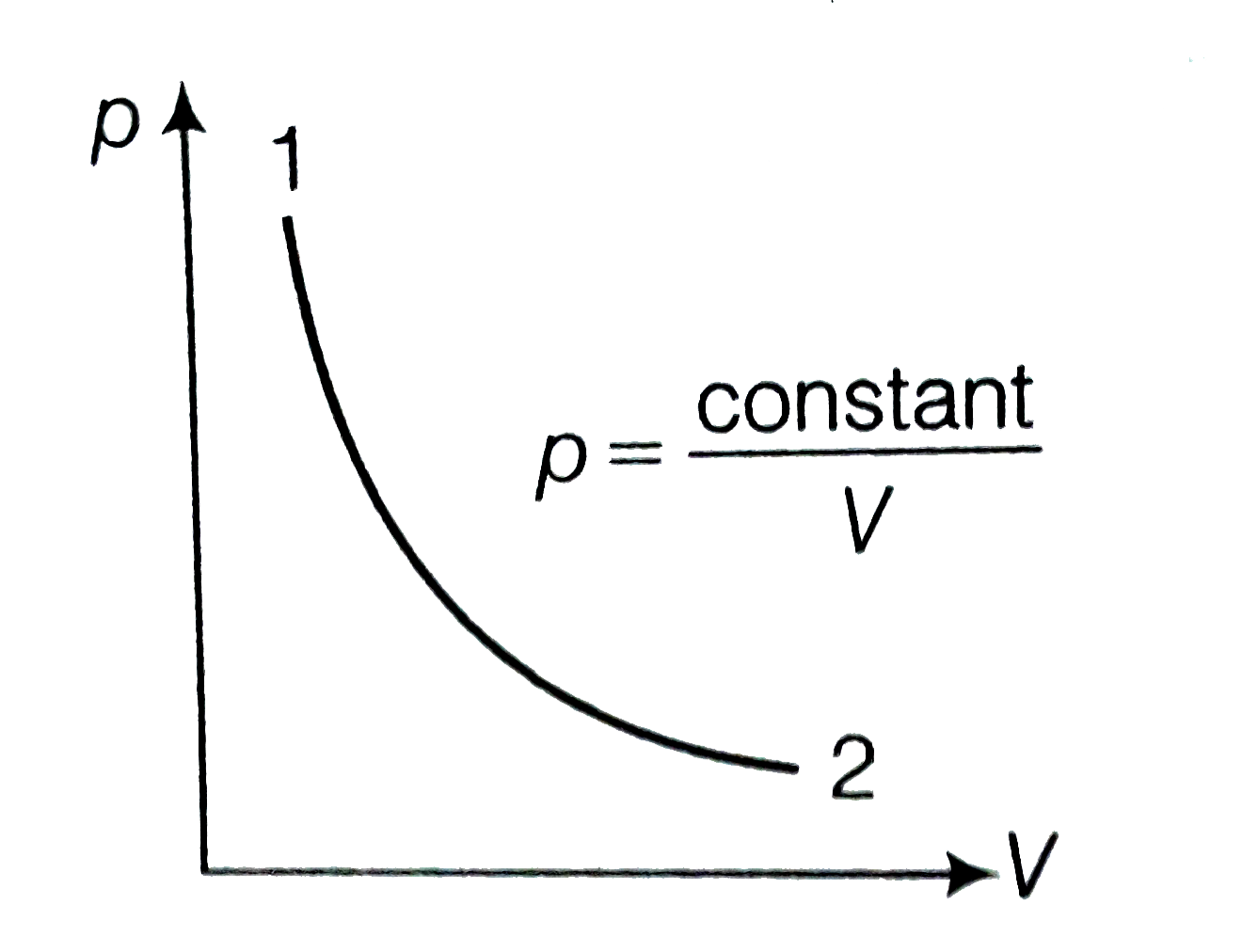
Out of the following diagrams, which figure represents the T−p diagram ?
(i)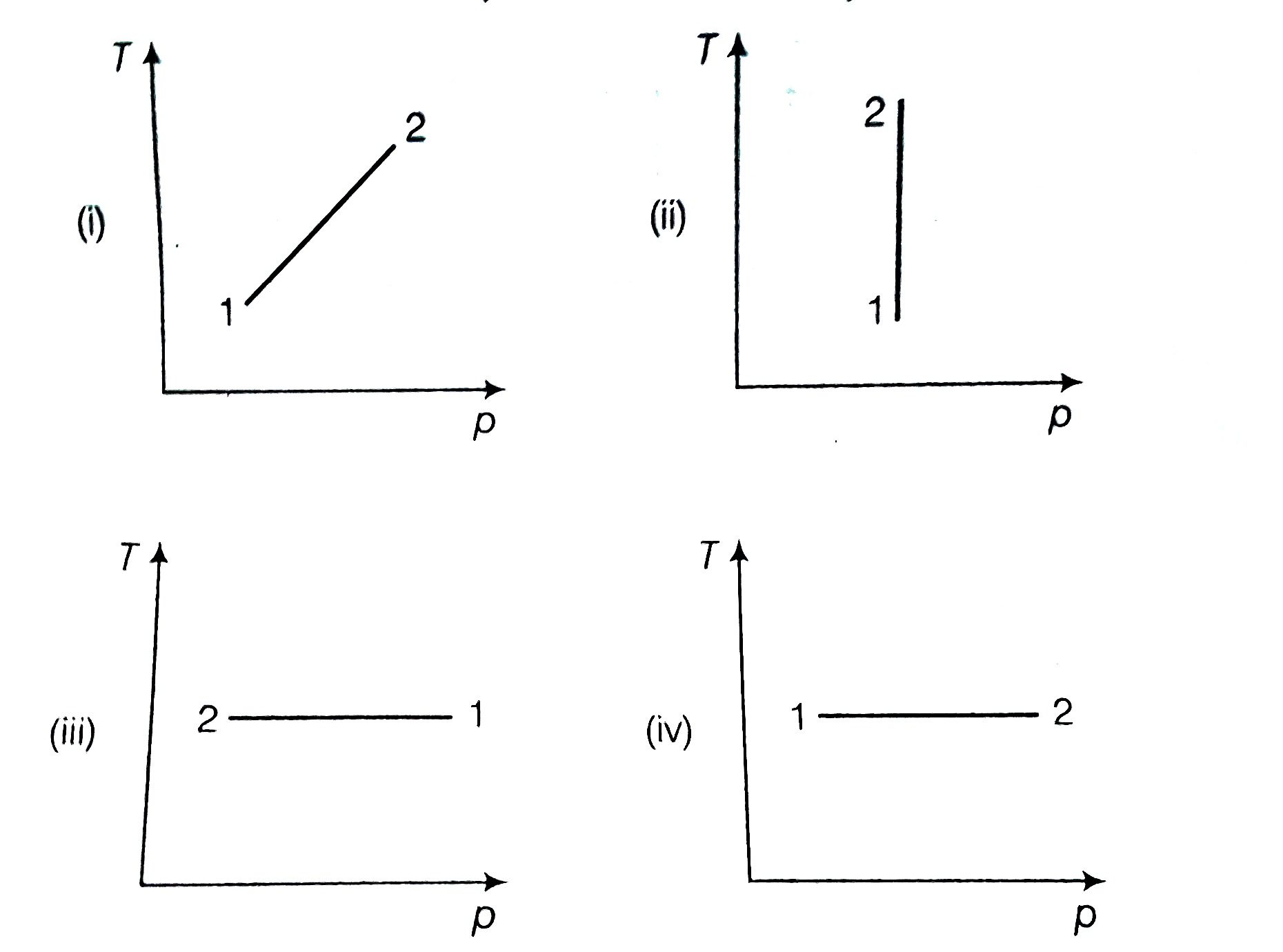
View SolutionThe graph shows the variation of temperature (T) of one kilogram of a material with the heat (H) supplied to it. At O, the substance is in the solid state. From the graph, we can conclude that

View SolutionFrom the matrix equation AB=AC we can conclude B=C provided the matrix A is
View Solution
